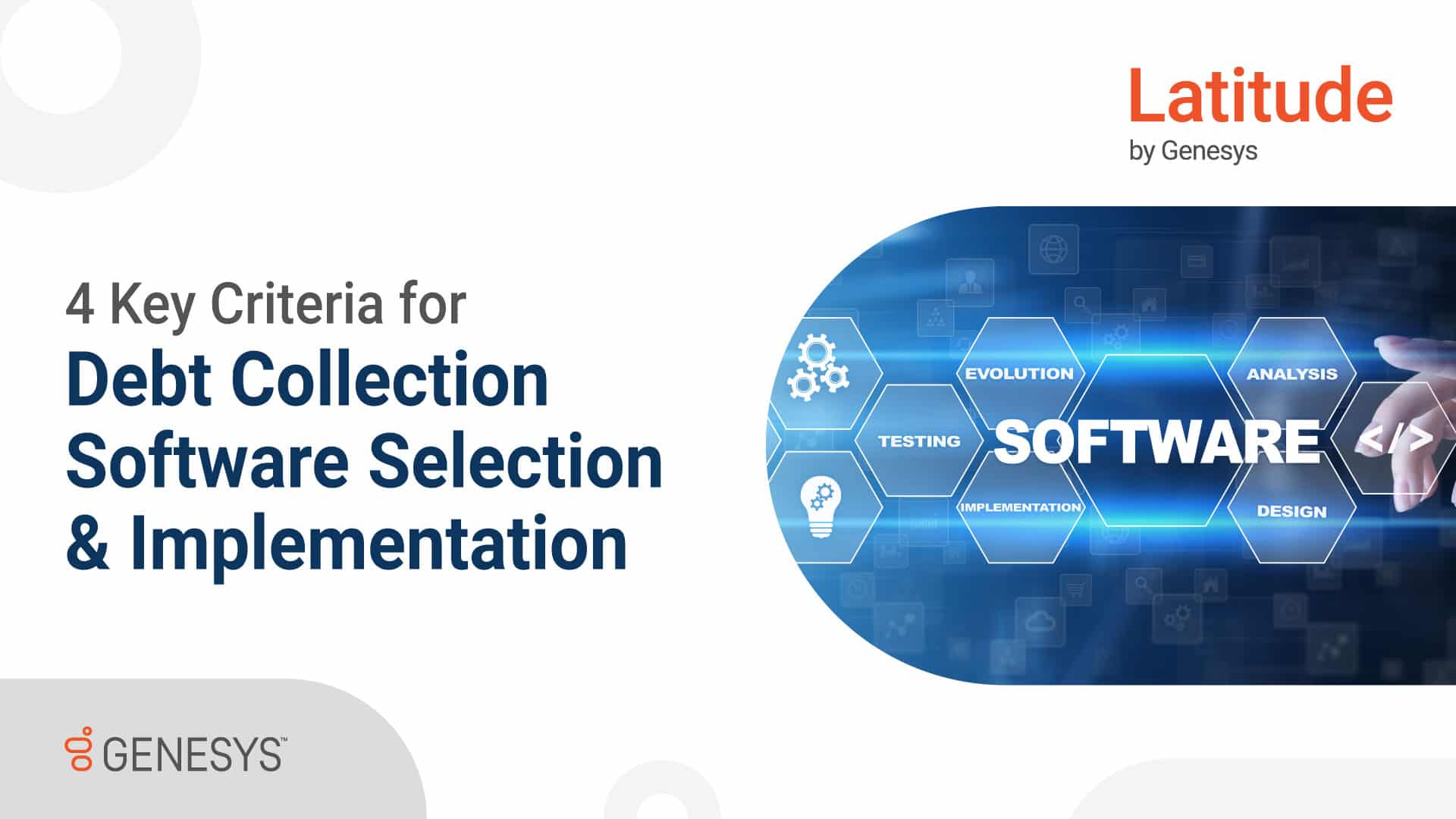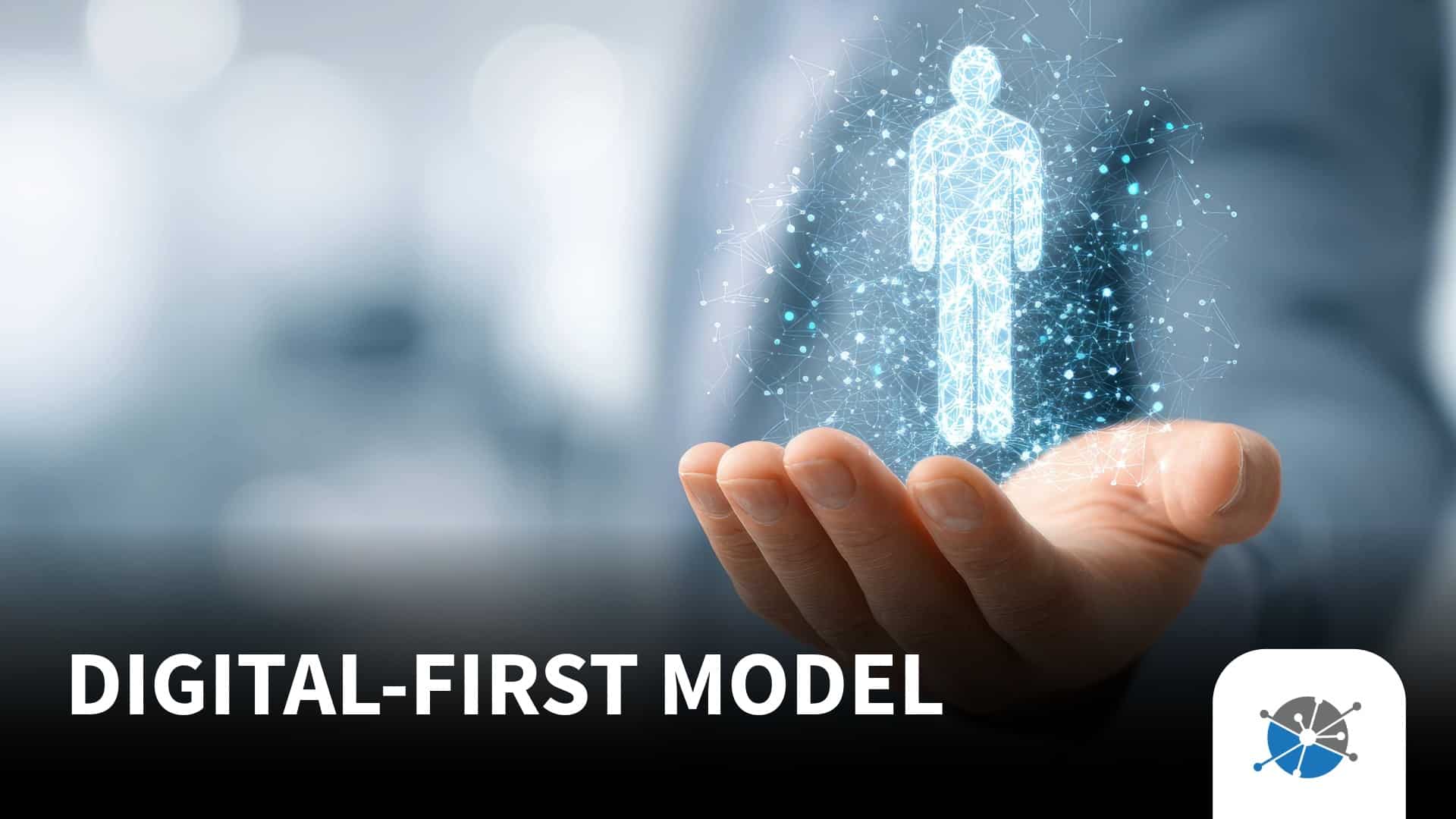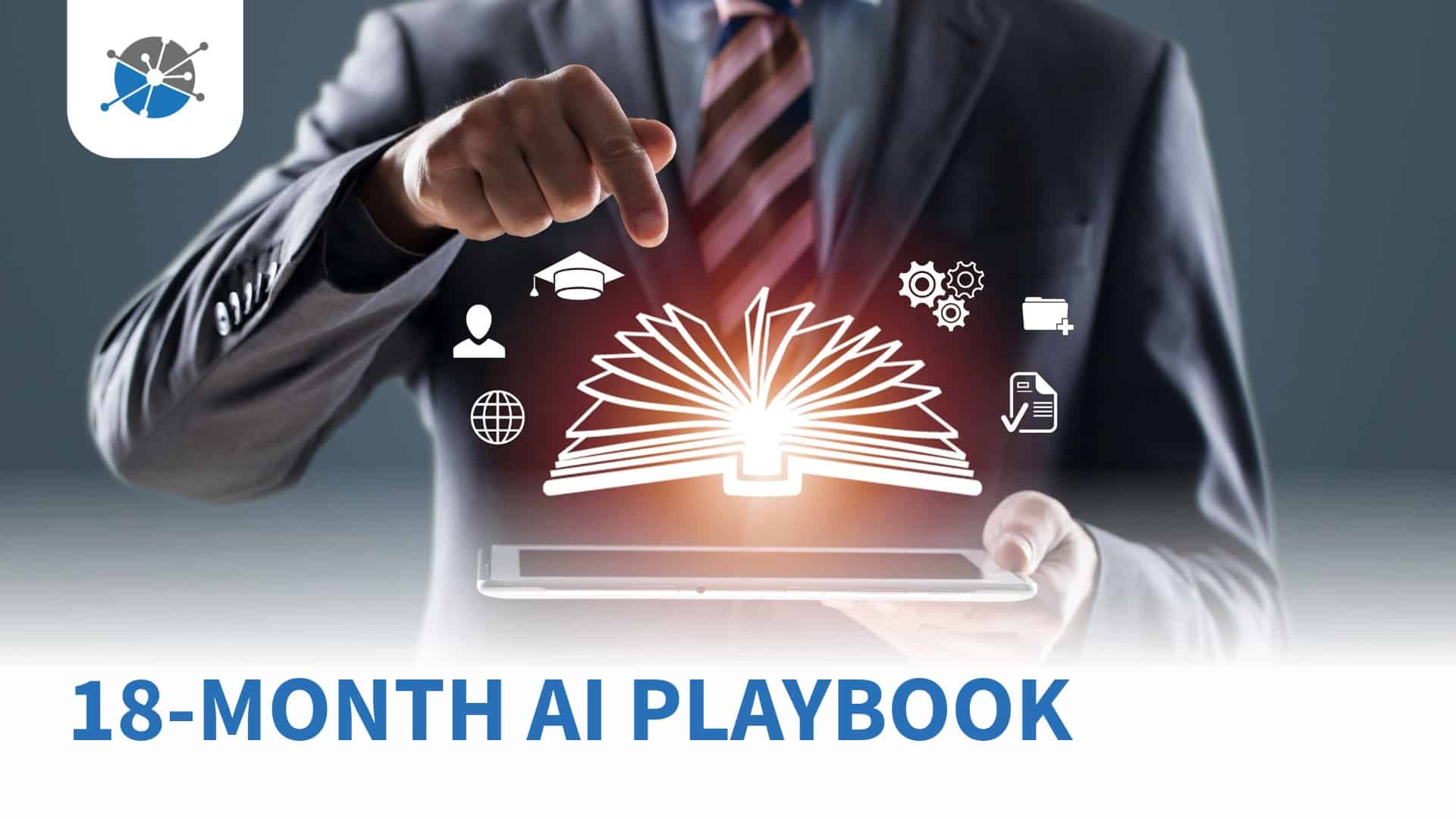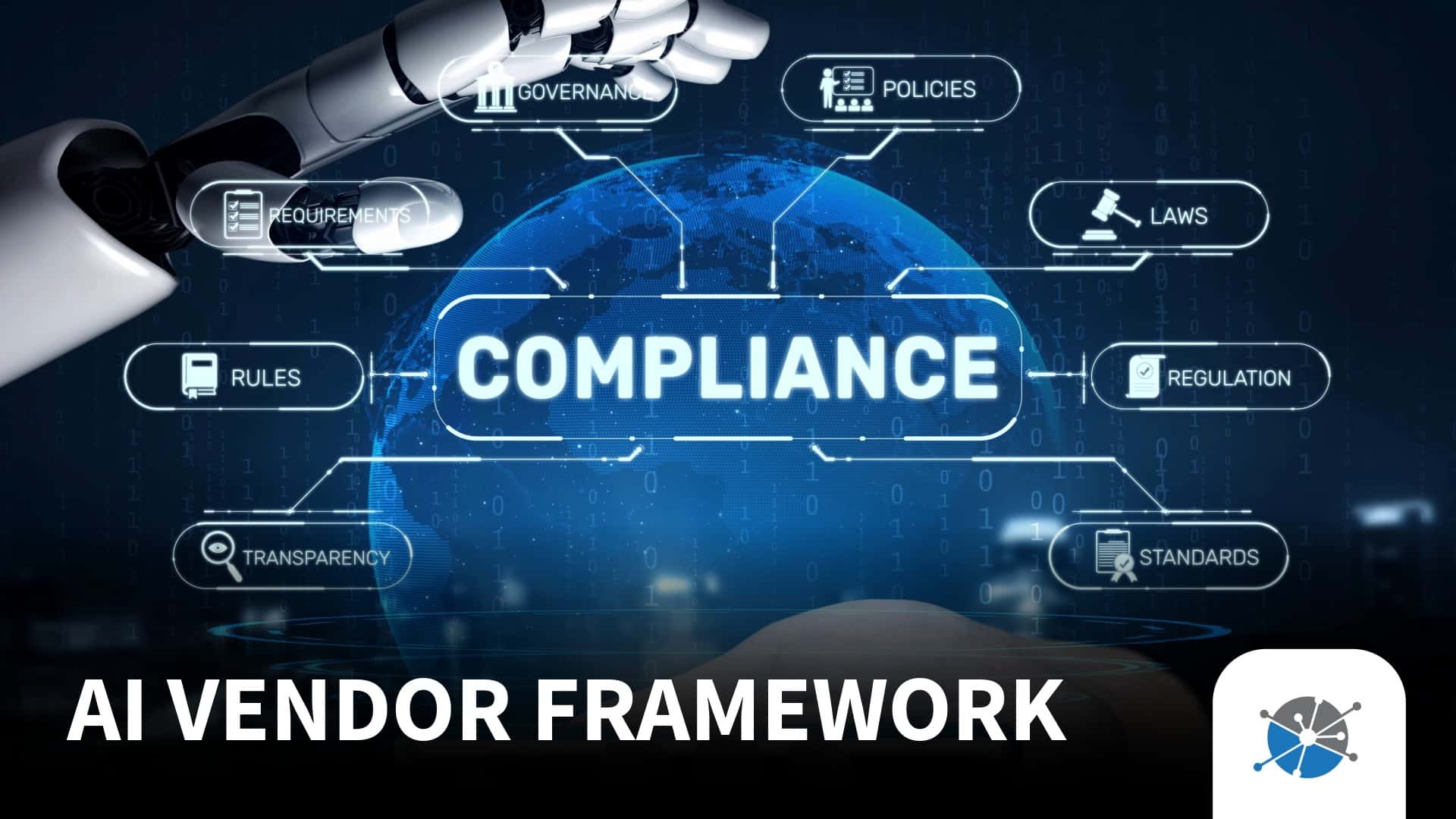
4 Key Criteria for Debt Collection Software Selection & Implementation
Debt collection companies must operate with a strong technology stack to find the perfect balance of compliance and performance. When it’s time to update your debt collection software, the task can be overwhelming. Configuration and data migration adds an additional workload to already stretched IT teams, but launching a new piece of software without deploying the appropriate support mechanisms underneath often isn’t worthwhile when things are all said and done.
Even the most “plug and play” systems still require configuration and customization. So, what types of resources do you need for a new technology implementation? This blog post will provide some tips on preparing for a new system of record or any other type of collection agency software.
1. Research & Planning: Spend the Time
The most crucial (and often most overlooked or underestimated) step in a new implementation is the planning ahead. In the moment, appropriate scoping can feel like a slow, excruciating, highly detailed process. It can take weeks or months to look at what the needs are, where you want to go, and how to best get there.
The motto to remember here is, “if you don’t know, don’t go.” This is not the time to take running leaps without looking or risky gambles without properly evaluating. You don’t want the company to be in the position two years post-deployment, lacking the configuration and functionality that was originally hoped for, asking, “why did we do that?” The answer will likely be that things went ahead without appropriate scoping and, as a result, people aren’t rowing in the same direction. That’s why a methodical approach is best.
2. Cashflow: Scope Out the “True Cost of Deployment”
To scope out the project of deployment, it will be important to assess and plan for the costs involved beyond the technology itself. Generally, it helps to think of the cost of deployment as a percentage rather than a fixed amount. On average, the cost of deployment will typically be an additional 30-40% of the cost of the software itself. This is where a lot of businesses fail to plan or try to take shortcuts to cut costs.
Whether using in-house support, vendor support, an outside consultant, or some combination of those, costs will be involved in managing a deployment that optimizes software functionality, integrates with business goals, and utilizes the software’s full capabilities to maximize your investment. Be aware of the most common pitfalls to avoid — looking at the cost of the software only and assuming the IT team will have the resources to take care of it.
Think of the upfront cost as problem prevention — like “greasing the wheels” of your new technology implementation so it lasts as long as possible and functions as well as possible for its intended purposes. Usually, the cost to fix problems later ends up being more than if you’d prevented them to start with. In the long term, appropriate scoping can cut the overall cost of software implementation from an estimated 50% (not including wasted time and frustration) down to approximately 10% of the cost of the software itself.
3. Debt Collection Software Configuration: Identify Your Deployment Team
When preparing for a new technology implementation, it’s important to determine who will be responsible for understanding and configuring the software. Do they have the expertise in not only the subject matter but the current infrastructure and business goals? Most importantly, are those people going to realistically have availability beyond their normal scope of duties?
For your new technology to be worth the investment, it should ideally be fully integrated, tested, and optimally utilized in all of its intended functionality. Everything is a function of cost and time, so the amount you’re willing to spend and the speed with which you want to get things done are in direct correlation. Paving the way for a successful deployment will require a commitment to investing the time in thoroughly scoping upfront so that the rollout process is ready to go forward smoothly.
4. Implementation Post-Deployment: Training & Communication
With such a high level of rich features and functions in the technology world today, one of the costs to plan for is the actual use of the software. How will team members receive training? How are the existing technologies now integrated into the new software, and does everyone understand how to use the software to its full potential?
Be sure to involve all appropriate stakeholders including vendors to get everyone on board and rowing in the same direction. Understanding which systems require integrations and documenting the connections between systems will save time in the future when updates to workflows are needed. Even with a successful deployment and technology integration from the start, those efforts still need to be bolstered by informed users who make the most of the new resources available and continue to maximize the ROI and make their jobs more efficient.
Learn More
Speaking to a consultant can help when it comes to understanding the options available on the market, scoping out what will work best for your business, and deploying that implementation successfully. TEC Services Group specializes in those areas. Check out this podcast appearance by Rob Fite, TEC Consultant for Latitude by Genesys software on Successful Technology Implementations:
About Latitude by Genesys
Latitude by Genesys® provides the complete answer to all accounts receivables challenges— from day one delinquency through charge-off and debt sale. By bridging creditors’ servicing platform with Latitude, all the necessary information—current and historic—is available. This leads to a better customer experience, improved recovery rates and increased agent effectiveness. It provides collectors and agents with the tools to manage the debt collection and recovery process and provides full functionality for the collector’s or agent’s desktop and deploys as a true zero-footprint, browser-based environment.
Since 1996, Latitude’s focus has been to provide the most forward-thinking, attractive solution to the business needs of different people and companies in the accounts receivable management (ARM) space. Acquired by Genesys in 2016, Latitude is continually growing, innovating, and reshaping the technology expectations and customer experiences of ARM companies and their consumers. Latitude by Genesys is a standalone product that integrates with the Genesys Cloud™, PureConnect™ and Genesys™ platforms.







